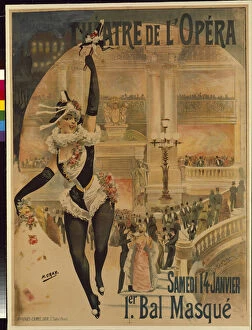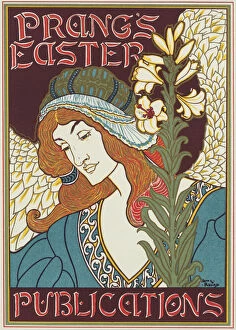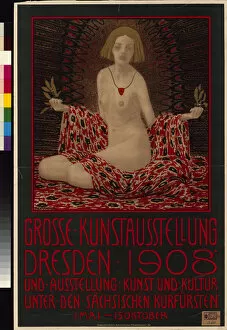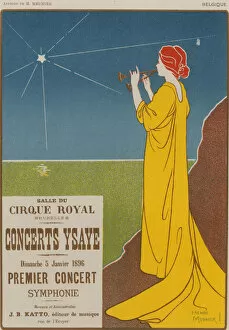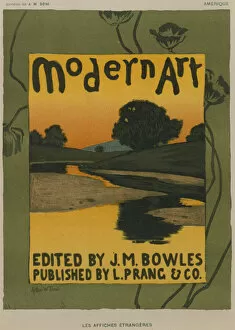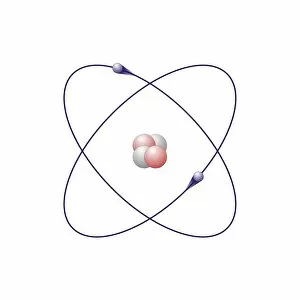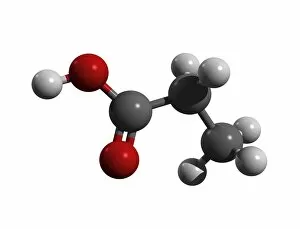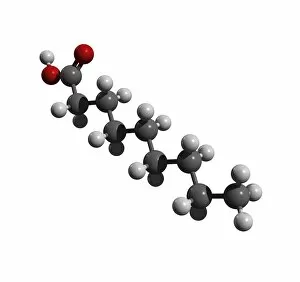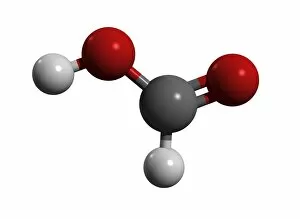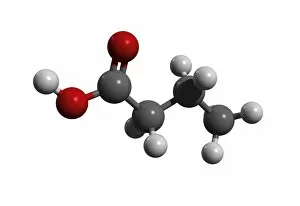Wissenschaft Collection
"Wissenschaft: Exploring the Depths of Knowledge and Creativity" Step into the world of wissenschaft, where imagination meets scientific exploration
All Professionally Made to Order for Quick Shipping
"Wissenschaft: Exploring the Depths of Knowledge and Creativity" Step into the world of wissenschaft, where imagination meets scientific exploration. From fruit-powered clocks to grand masquerade balls at Theatre de l'Opera, this captivating journey takes us through a myriad of lithographic masterpieces. Transport yourself back to January 14th, 1890, as you witness the enchanting atmosphere of the first Bal Masque in all its glory. The lithography captures every intricate detail, allowing you to relive this momentous occasion. Continuing our voyage through time, we encounter Prangs Easter Publications from 1895. The vibrant lithograph showcases an array of colors and symbols that celebrate the joyous holiday season. Fast forward to 1908 and immerse yourself in Dresden's Great Art Exhibition. This breathtaking display highlights the beauty and diversity found within modern art forms - a testament to human creativity transcending boundaries. As we delve deeper into wissenschaft's realm, we stumble upon Concerts Ysaye from 1896. The lithograph transports us to a mesmerizing musical performance filled with harmonious melodies that resonate with our souls. The Women's Edition Courier from 1895 introduces us to empowering female voices making their mark on society. Through stunning lithography, these women inspire others with their strength and determination. But it is not just art that captivates wissenschaft; it also delves into atomic models like beryllium, helium, boron - unveiling the intricacies hidden within matter itself. These models showcase how science unravels nature's secrets one atom at a time. Finally, we encounter propanoic acid and acetic acid molecules - tiny structures holding immense power within them. Wissenschaft unveils their composition for those who seek knowledge about chemical compounds shaping our world. In essence, wissenschaft embodies both artistic expression and scientific inquiry – two realms intertwined in a dance between curiosity and creativity.


